Scansorial animals
Introduction:
Scansorial animals are those adapted to climbing or living in trees and other elevated habitats. They have specific adaptations that enable them to navigate and thrive in these environments. These adaptations typically include specialized limbs, claws, or other features that help them grasp, climb, or move through trees.
Prehensile Limbs and Feet:
Scansorial animals often have prehensile limbs or feet equipped with specialized adaptations for grasping and clinging to branches and tree trunks. These adaptations can include long and flexible fingers or toes, specialized pads, and sharp claws.
Strong Musculature:
Scansorial animals typically have strong and well-developed musculature in their limbs and bodies to support their climbing and clinging abilities. Muscles provide the power needed for gripping and moving in their arboreal environments.
Tail Adaptations:
Some scansorial animals have prehensile tails, which act as an additional grasping appendage. These tails can be used for balance, stability, and even manipulation of objects in the environment.
Diet and Behavior:
Many scansorial animals are herbivores or omnivores that feed on fruits, leaves, insects, or small vertebrates found in trees. Their scansorial adaptations aid in reaching their food sources. They are often active during the day (diurnal) or twilight (crepuscular) hours to take advantage of optimal lighting conditions in the canopy.
Climbing Techniques:
Scansorial animals employ various climbing techniques, including leaping, brachiation (swinging from branch to branch), and a combination of climbing and jumping to move efficiently through the trees.
Camouflage and Coloration:
Some scansorial animals have evolved coloration and patterns that help them blend in with their arboreal surroundings, providing them with better protection from predators or prey ambush opportunities.
Examples of Scansorial Animals:
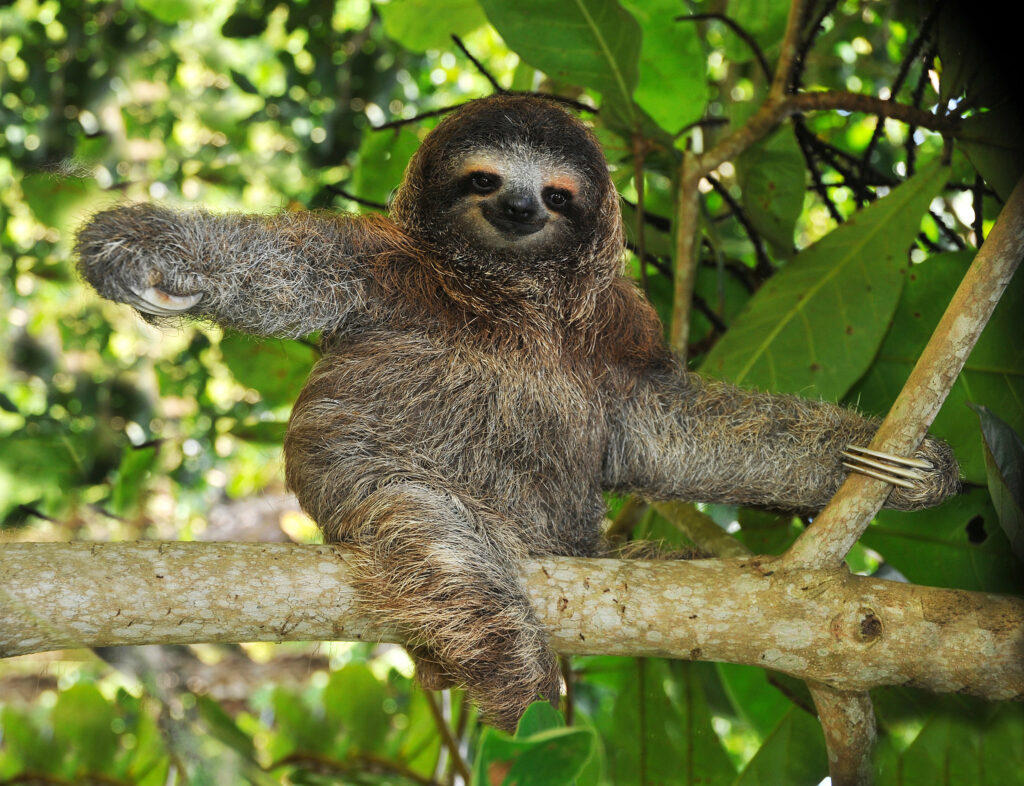
Sloths:
Sloths are slow-moving, tree-dwelling mammals found in Central and South America. They have long, curved claws that allow them to hang from branches and move through trees with ease.
Tree Frogs:
Many species of frogs, such as tree frogs, have adhesive toe pads that help them cling to tree bark and leaves. This adaptation allows them to live in the canopy of forests.
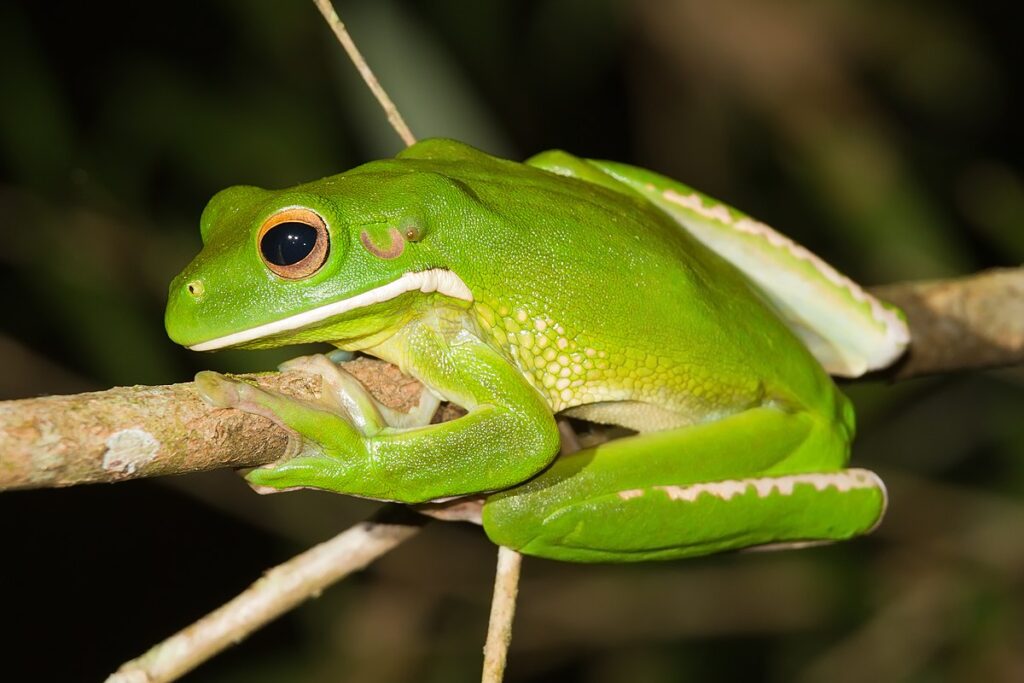
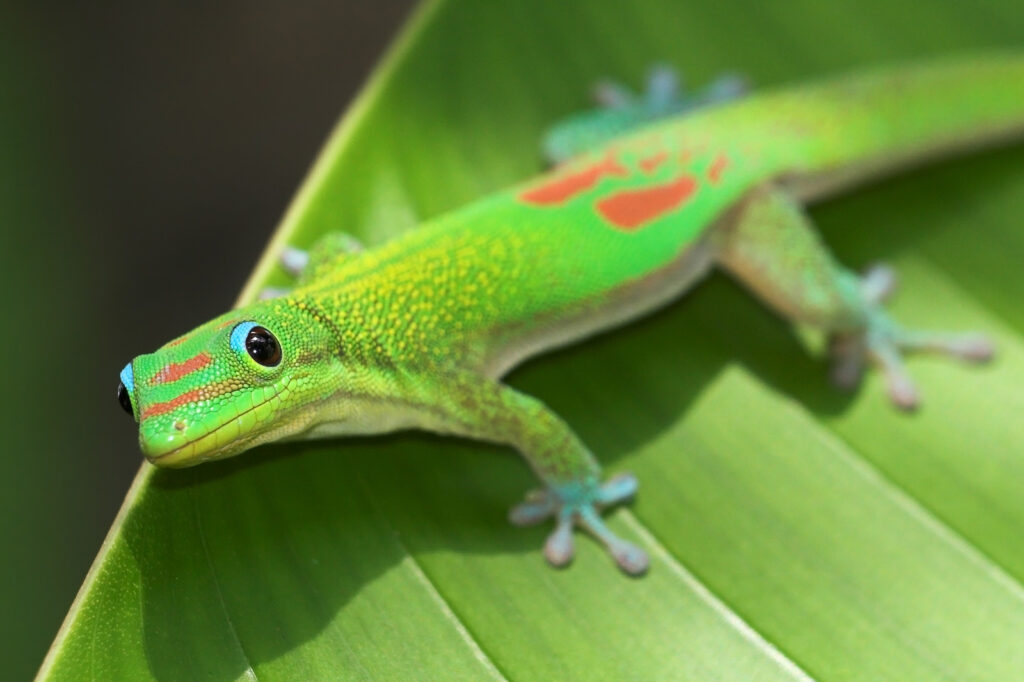
Geckos:
Geckos are a family of lizards known for their climbing abilities. They have specialized toe pads covered in tiny bristles called setae that create adhesive forces, enabling them to stick to surfaces and climb walls and trees.
Squirrels:
Squirrels have strong hind limbs and sharp claws that aid them in climbing trees. They are adept at leaping between branches and have a keen sense of balance.
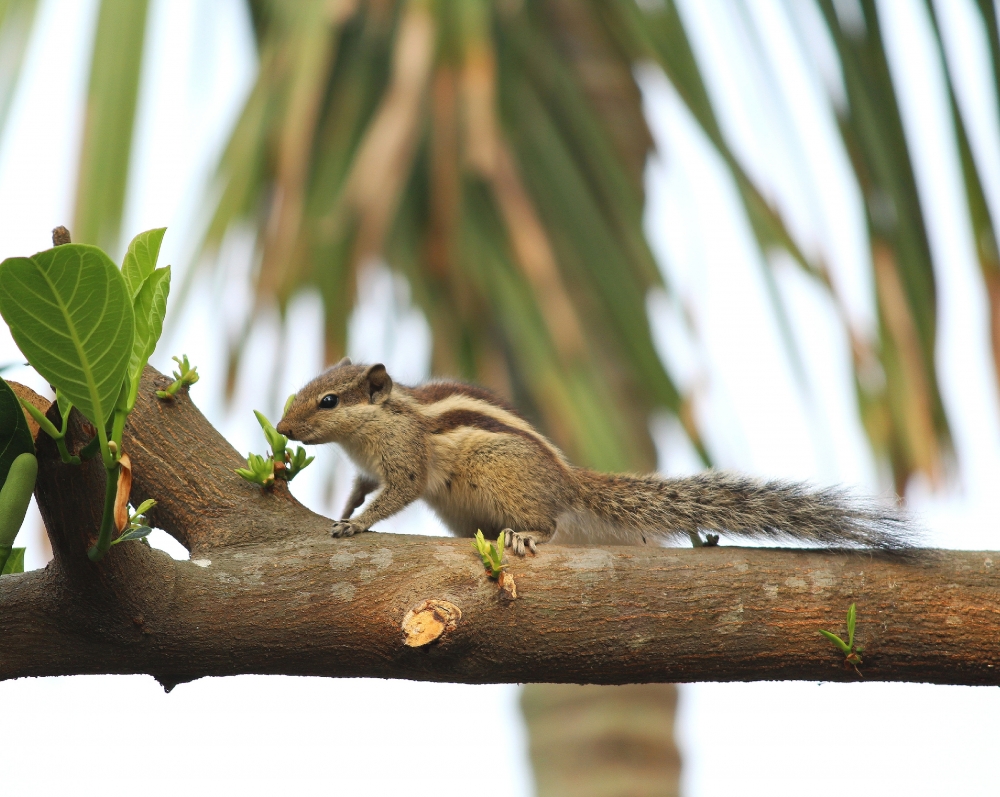
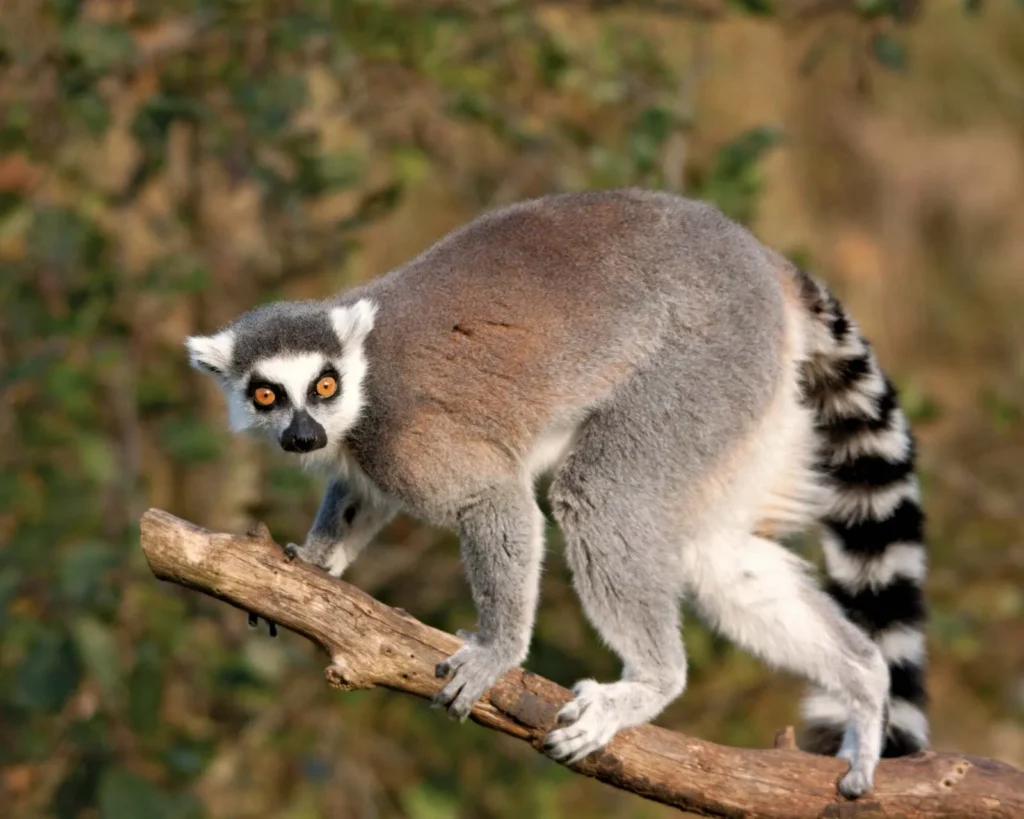
Lemurs:
Many lemur species are arboreal and adapted for life in the trees. They have long tails that help with balance and prehensile hands and feet for grasping branches.
Chameleons:
Chameleons are known for their unique ability to change color, but they are also excellent climbers. They have prehensile tails and specialized feet with fused toes that help them grip branches.
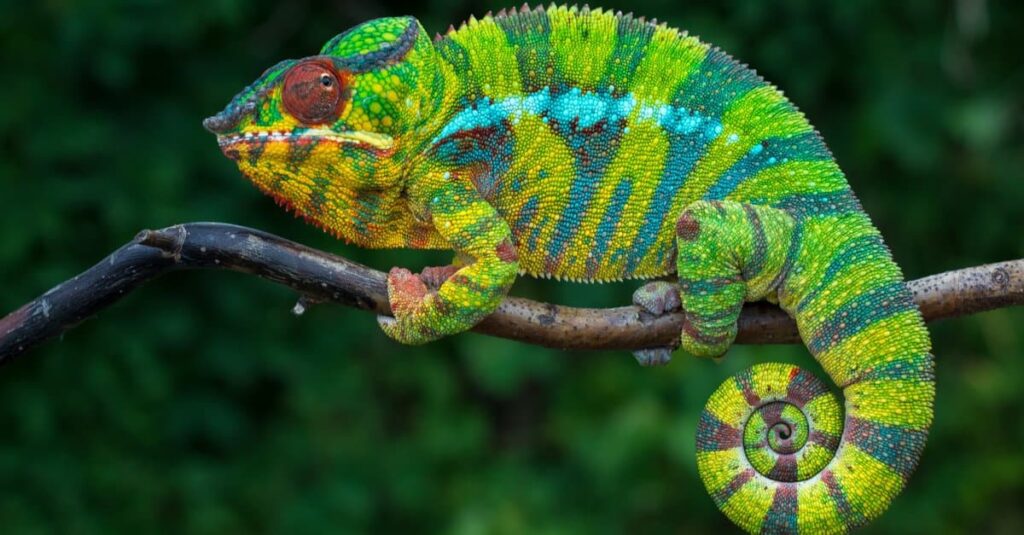
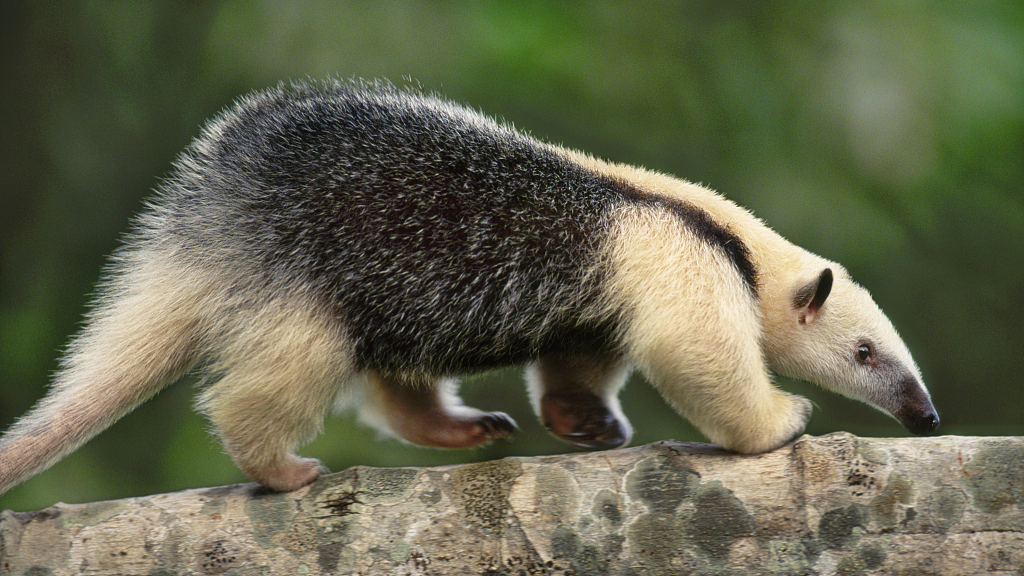
Anteaters:
Some anteater species, like the tamandua, are scansorial and use their long claws to climb trees in search of insects.
Flying Squirrels:
While not true fliers, flying squirrels have a flap of skin called a patagium that allows them to glide from tree to tree.
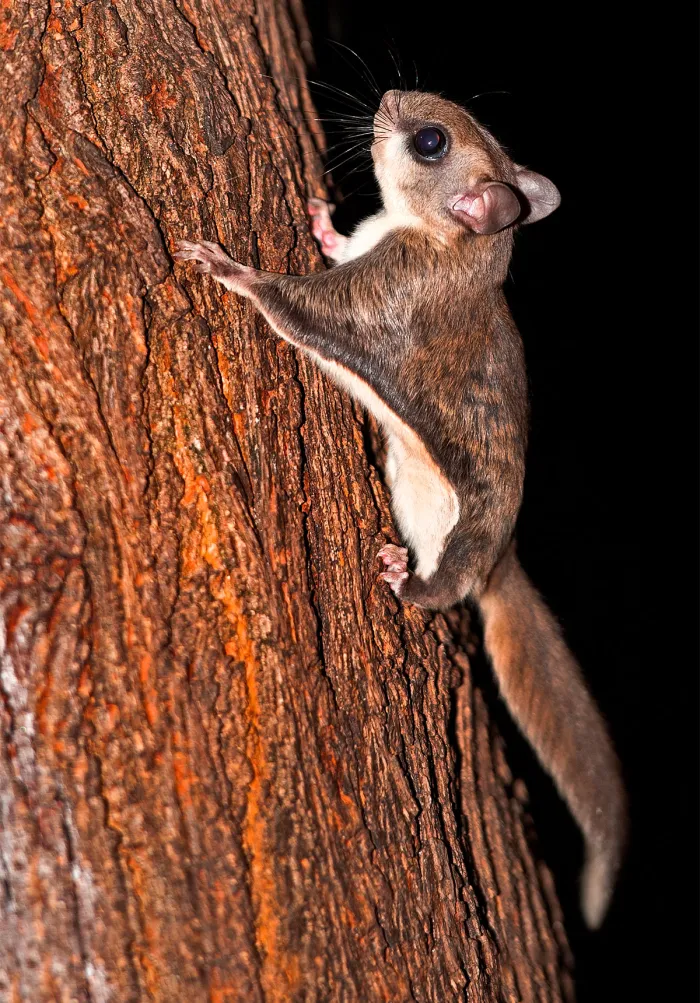

Tarsiers:
Tarsiers are small primates with elongated fingers and toes, which are adapted for grasping branches. They are known for their exceptional leaping abilities.
Climbing Rats:
Some species of rats, such as the Malabar spiny dormouse, are scansorial and use their sharp claws to climb trees.

These are just a few examples of scansorial animals, and there are many more species across various animal groups that have evolved to thrive in tree-dwelling environments.
Evolutionary Significance:
The development of scansorial adaptations has played a crucial role in the evolutionary success of certain animal groups. These adaptations allowed animals to access new ecological niches in forested habitats and reduce competition with ground-dwelling species.
Scansorial animals have evolved a wide range of adaptations to thrive in arboreal environments, showcasing the remarkable diversity and adaptability of life on Earth.
One thought on “Scansorial animals”
I am genuinely thankful to the owner of this website for sharing his brilliant ideas. I can see how much you’ve helped everybody who comes across your page. By the way, here is my webpage Webemail24 about Bitcoin.